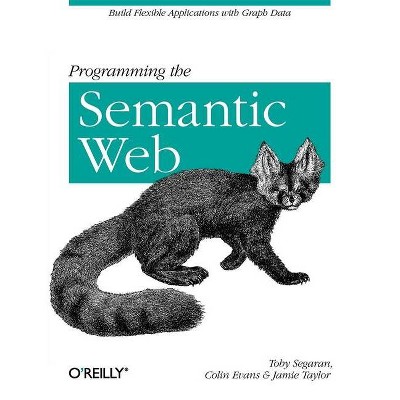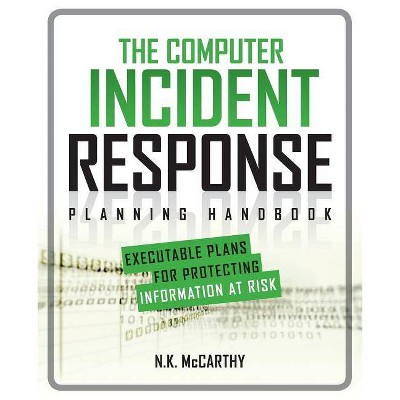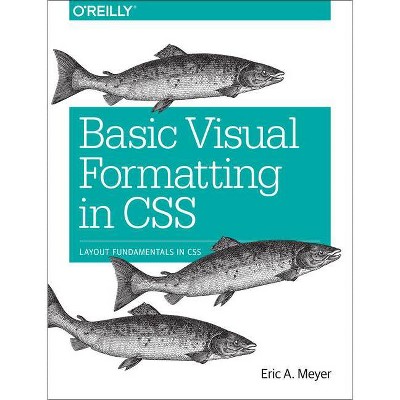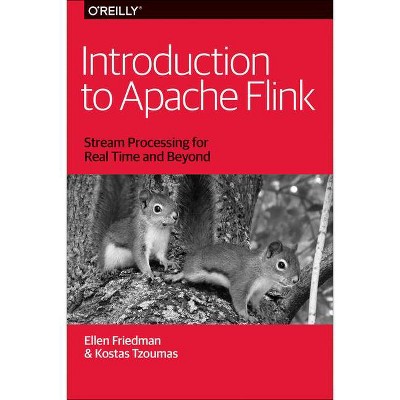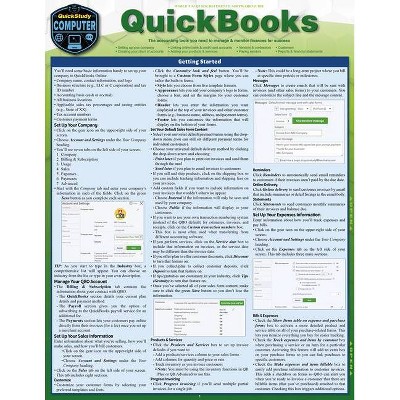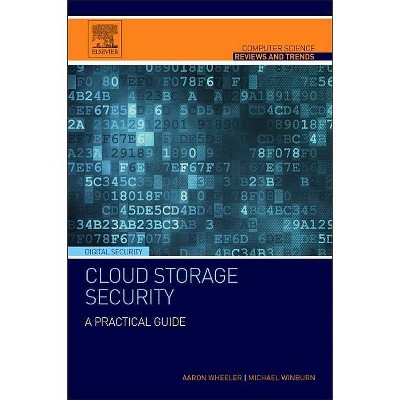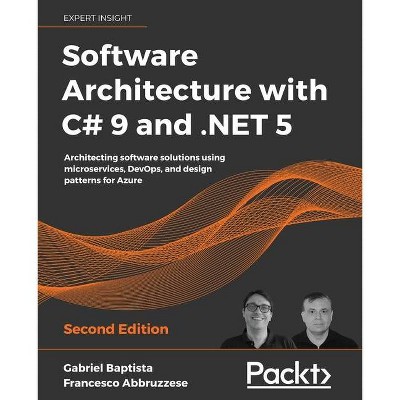Semantic Web for the Working Ontologist - 2nd Edition by Dean Allemang & James Hendler (Paperback)
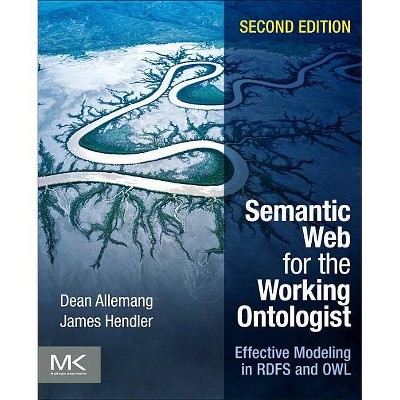
Similar Products
Products of same category from the store
AllProduct info
<p/><br></br><p><b> About the Book </b></p></br></br>"Semantic Web for the Working Ontologist" is the essential, comprehensive resource on semantic modeling, for practitioners in health care, artificial intelligence, finance, engineering, military intelligence, enterprise architecture, and more. Focused on developing useful and reusable models, this market-leading book explains how to build semantic content (ontologies) and how to build applications that access that content.<p/><br></br><p><b> Book Synopsis </b></p></br></br><i>Semantic Web for the Working Ontologist: Effective Modeling in RDFS and OWL, Second Edition</i>, discusses the capabilities of Semantic Web modeling languages, such as RDFS (Resource Description Framework Schema) and OWL (Web Ontology Language). Organized into 16 chapters, the book provides examples to illustrate the use of Semantic Web technologies in solving common modeling problems. It uses the life and works of William Shakespeare to demonstrate some of the most basic capabilities of the Semantic Web. The book first provides an overview of the Semantic Web and aspects of the Web. It then discusses semantic modeling and how it can support the development from chaotic information gathering to one characterized by information sharing, cooperation, and collaboration. It also explains the use of RDF to implement the Semantic Web by allowing information to be distributed over the Web, along with the use of SPARQL to access RDF data. Moreover, the reader is introduced to components that make up a Semantic Web deployment and how they fit together, the concept of inferencing in the Semantic Web, and how RDFS differs from other schema languages. Finally, the book considers the use of SKOS (Simple Knowledge Organization System) to manage vocabularies by taking advantage of the inferencing structure of RDFS-Plus. This book is intended for the working ontologist who is trying to create a domain model on the Semantic Web.<p/><br></br><p><b> Review Quotes </b></p></br></br><br><p>Overall, this book provides a thorough and cogent introduction to the semantic Web. Giving just enough philosophical background, the authors focus on the practical aspects of constructing data stores and applications. This blend of philosophy and practical descriptions leads the reader to anticipate how the standards of the semantic Web should work before the standards are described. As a result, the reader is likely to feel that the semantic Web works just as it should. --<b>Computing Reviews</b></p> <p>Allemang, a scientist at a company that consults, trains, and provides products for the Semantic Web, and Hendler (computer and cognitive science, Rensselaer Polytechnic Institute) explain how web developers who are practitioners in another field, such as health care, finance, engineering, national intelligence, and enterprise architecture, can model data to fit the requirements of the Semantic Web. They detail how to construct semantic models, with a focus on the use of RDF (Resource Description Framework), RDFS (RDF schema), and OWL (Web Ontology Language) to accomplish specific tasks and model data and domains. This edition has been updated to incorporate new technologies such as SPARQL (SPARQL Protocol And RDF Query Language), OWL 2.0, and SKOS (Simple Knowledge Organization System). They include examples of Quantities, Units, Dimensions, and Types (QUDT) and The Open Biological and Biomedical Ontologies (OBO), as well as examples of how to use the Semantic Web to solve common modeling problems and a FAQ section on challenges. --<b>SciTech Book News</b></p> <p>Overall, this is an easy-to-follow guide to the basic concepts related to building semantic Web ontologies. The book flows well from chapter to chapter, and the many examples illustrate the different topics. For beginners, it's an excellent introduction to the subject, which is exactly what the authors intended... <b>--Computing Reviews.com</b></p><br>
Price History
Price Archive shows prices from various stores, lets you see history and find the cheapest. There is no actual sale on the website. For all support, inquiry and suggestion messages communication@pricearchive.us
